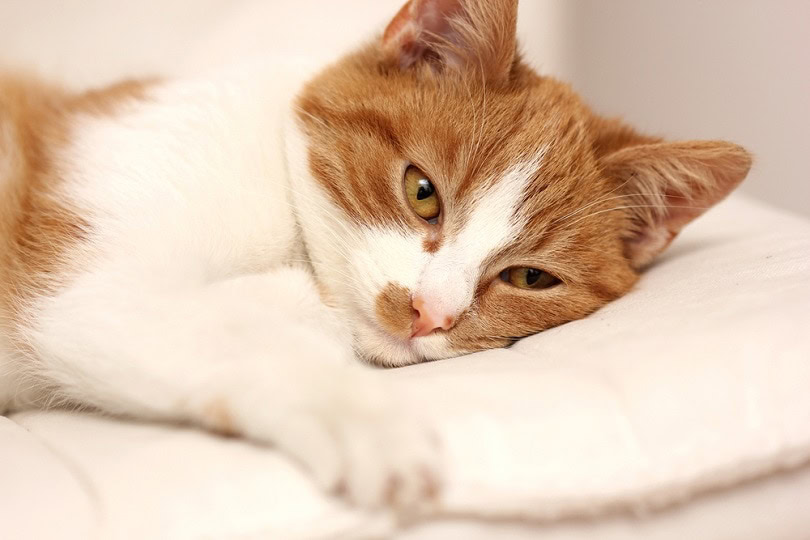VET APPROVED

The information is current and up-to-date in accordance with the latest veterinarian research.
Learn more »It used to be that the only pets you may have as a kid were just dogs and cats. There was the occasional parakeet or canary. Today, the pet industry has expanded to host a wide range of animals, from boas to cockatoos to tarantulas. Interestingly, many of these exotics had a history with humans before making their way to the pet shop.
Chileans raised chinchillas for food and fur. The Celts tapped dogs for hunting duties. The segue to the retail market was a natural one once people learned about their desirable features. Domestication encouraged beneficial traits. However, that doesn’t mean that everything about ferrets is cut and dried. There are several things you need to know before you bring this small masked animal into your home.
According to the American Veterinary Medical Association (AVMA), over 1.3 million households in the U.S. own a small mammal, which includes ferrets. Their popularity took off in the 1980s, and now aren’t considered quite as unusual as they once were. These days you can find a plethora of products geared toward these friendly mustelids. Let’s delve into what you need to know if you’ve been considering getting one as a pet.

The 10 Things You Should Know Before Getting a Pet Ferret
1. You can toilet train a ferret
Toilet training plays on some of the instincts that many animals have in the wild. Waste communicates a lot of information to other predators and prey species. Wildlife has adapted to minimize how much they present to the outside world to give them a hunting edge. Ferrets take to a litterbox readily as a modern version of this natural drive.
2. You can leash train a ferret.

The critical thing to remember about leash training your ferret is to get a harness made for these critters. Not unlike cats, they can easily slip out of something that doesn’t conform to their unique body shape. Because of the animal’s speed and hiding ability, it could have tragic consequences. He only needs a lightweight lead. Just be careful not to give him too much slack.
- Read Also: How Many Babies Do Ferrets Have in a Litter?
3. Ferrets need vaccinations.
The American Ferret Association (AFA) recommends that you talk about vaccinating your ferret with your veterinarian. Typically, the recommended vaccines include both distemper and rabies.
4. Ferrets resemble their wild relatives.
If you’ve ever seen a weasel or mink in the wild, you probably could mistake your pet for one of them. They have the same elongated body, pointy nose, and coloration. As with dogs and cats, selective breeding has brought other variations to the mix. While you may rarely see an albino mink, they are an option with ferret breeders. The same applies to cinnamon, champagne, or black sable.
See Also:
- 4 Reasons Why Ferrets Steal (& How to Stop Them)
- Chocolate Ferret: Pictures, Facts & Rarity
- Black Sable Ferret: Facts, Traits, and Rarity (With Pictures)
5. Ferrets must eat meat.
Ferrets are part of the order of Carnivora. That means they must eat meat. They actually have trouble digesting plant foods. We can go as far as to call them hypercarnivores. Commercial diets provide them with the nutrients they need, geared toward their digestive needs. It also relates to our previous point about their likeness to other weasels and minks. They have similar bodies and physiologies.
Related Read: What Do Ferrets Eat in the Wild and as Pets?
6. Ferrets began domestic life as hunters.

One thing you’ll figure out quickly when you invite a ferret into your home is how easily they get into tight places. They can get under furniture or in just about any opening. That ability lent itself well toward being a hunter of rodents and rabbits. The Romans figured it out early in their relationship. It wasn’t much of a job, either. After all, that’s food for a hungry ferret.
7. Ferrets aren’t legal in all states.
Most communities regulate pets to some degree, whether you have to get a license or limit the number of animals. Ferrets are no exception. Their hunter traits threw a wrench in the works. It’s one reason that states like California and Hawaii have banned them. They represent a threat to native wildlife populations, leaving them no defense against this predator.
- Related Read: Why Is My Ferret Shaking? Should I Do Something?
8. Ferrets are generally spayed/neutered before you buy one.
Most members of the weasel family share a common trait—they have a strong scent. It’s part of their intricate communication system. That’s one of the main reasons that any ferret you’d buy today is spayed or neutered. Male ferrets, like tomcats, will spray. Intact ferrets that aren’t able to mate are predisposed to certain health conditions, which is another reason why they are often spayed or neutered.
9. Ferrets do best with more than one pal.
Unlike their wild relatives, the black-footed ferret, most ferrets love company. They bond strongly with their fellow mustelids. If you don’t have time to interact a lot with your pet, at least get him a friend or two. It’ll improve his quality of life and keep him physically and mentally healthy.
10. You can show your ferret.
Ferrets are more than pets to many people. That’s why there is the AFA. If you want to take things to the next level, you can show your ferret. It’s an excellent way to get your kids involved with the husbandry and connect with other enthusiasts. It’s worth noting that you must present vaccination records to events.

Conclusion
A ferret is an excellent choice for the individual or older child ready to take on the responsibility of this unique pet. They form strong bonds with their owners, making it a rewarding experience. This guy has his challenges when it comes to letting him loose in the house. However, the responsible pet owner will ensure he has the necessary supervision balanced with adequate exercise and mental stimulation.
See Also:
Featured Image Credit By: CC0 Public Domain, pxhere
Contents
- The 10 Things You Should Know Before Getting a Pet Ferret
- 1. You can toilet train a ferret
- 2. You can leash train a ferret.
- 3. Ferrets need vaccinations.
- 4. Ferrets resemble their wild relatives.
- 5. Ferrets must eat meat.
- 6. Ferrets began domestic life as hunters.
- 7. Ferrets aren’t legal in all states.
- 8. Ferrets are generally spayed/neutered before you buy one.
- 9. Ferrets do best with more than one pal.
- 10. You can show your ferret.
- Conclusion










